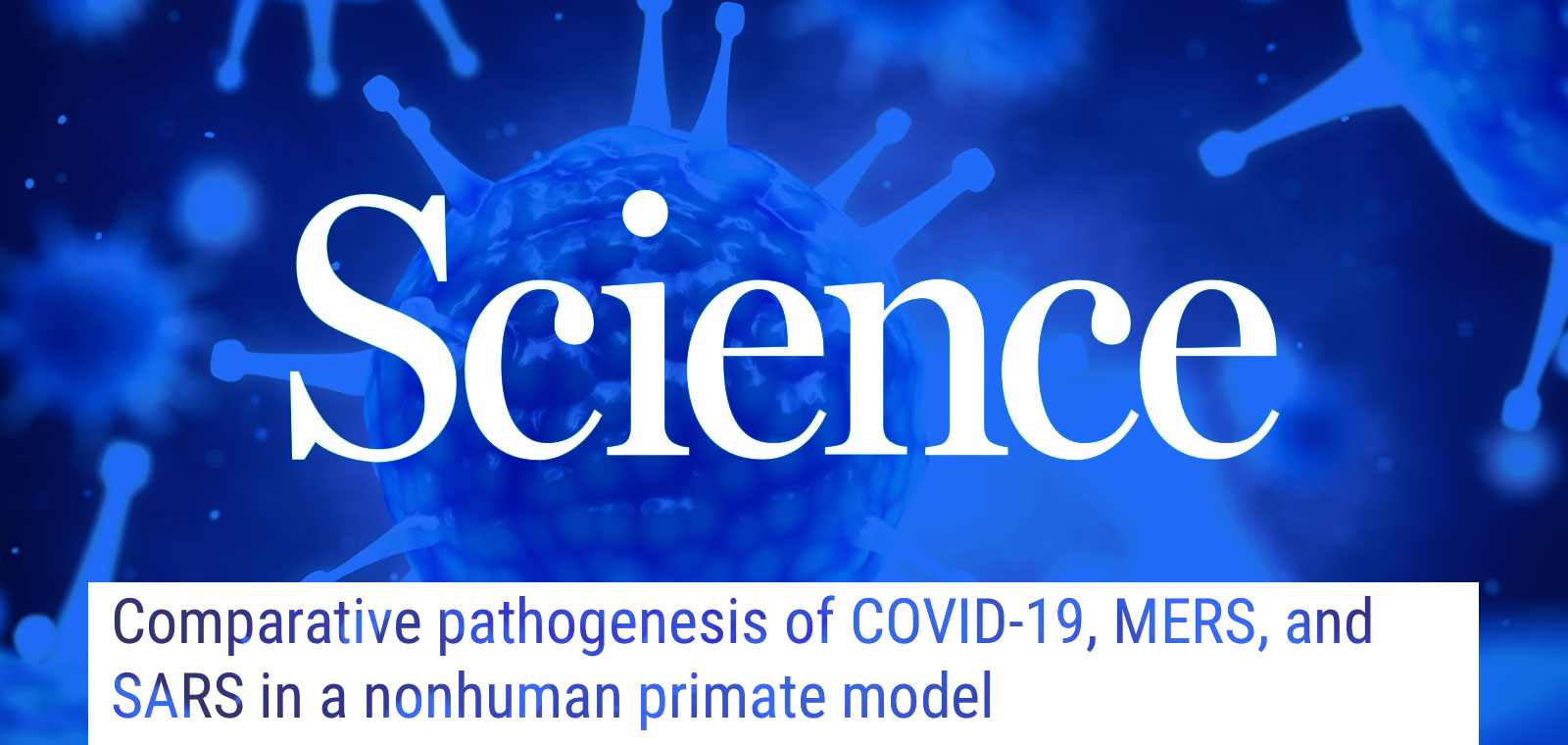
Together against corona
Only if we work together, we can beat the coronavirus. That is why researchers from ErasmusMC in Rotterdam and BPRC in Rijswijk have joined forces. Resulting in the first European SARS-CoV-2 infection model in macaques.
This model provides (international) scientists the opportunity to evaluate their experimental vaccines and medicines.
Experimental infection of cynomolgus macaques
ErasmusMC researchers have been working on coronaviruses for many years. They previously demonstrated that monkeys are susceptible to other related coronaviruses, such as MERS and SARS. And now also to SARS-CoV-2, the causative agent of COVID-19.
Under strict safety measures, the animals were exposed to the coronavirus. After infection they did not show any visible symptoms of disease, but the virus could be detected in nasal and pharyngeal fluid, in some cases even up to fourteen days after infection. In addition, the virus was found in the lungs, intestines and spleen.
More lung damage from SARS-CoV-2 than from MERS
Closer examination of the lungs showed fluid accumulation and damage to the alveoli. To get a better picture, researchers compared the lung damage in the cynomolgus macaques to the damage caused by MERS. The lungs of the SARS-CoV-2 infected animals were more affected than those of MERS infected monkeys.
The research in cynomolgus macaques proves that an infection with SARS-CoV-2 can indeed lead to a lung disease similar to COVID-19 in humans. This shows that cynomolgus macaques can be employed to test new drugs and experimental vaccines in the battle against the SARS-CoV-2 pandemic.

